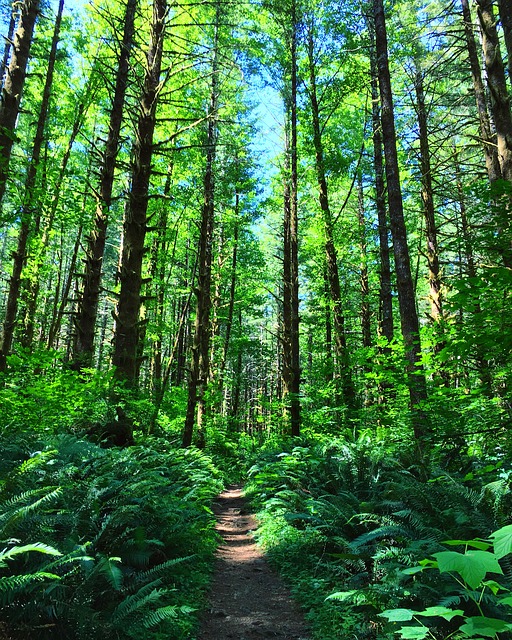This past spring term I took on the task of creating a cover design brief for Ooligan’s newest title, 50 Hikes in the Tillamook and Clatsop State Forests. A cover design brief is a document that lets designers know what elements you are and are not looking for in a cover. Ooligan’s cover design briefs typically begin with a section that provides a brief synopsis of the book—very useful for those designers who do not have time to read the entire manuscript—and then list various themes, visual elements, and potential color palettes to inform the designer’s decisions. At the end of the brief, designers are given examples of published covers that the press feels are successful and that our cover should emulate as well as some that the press would like to avoid.
I began research for the design brief for 50 Hikes by looking at Ooligan’s backlist titles. Although each book is unique, it is important to take into account what the press’s mission statement is and the overall look and feel of the backlist covers. The new book does need to stand out, but it also needs to fit in with the other titles that have been released. One element that stood out as I looked through previous titles were handmade elements used in many titles, such as the sink drawing on the cover of Siblings and Other Disappointments and the paper cut-outs used on the A Series of Small Maneuvers cover. This was an aspect which I felt represented Ooligan’s cover style, and I wanted to incorporate it in the cover design brief.
The next step was to look at comparative titles for 50 Hikes and to find their defining look. A book’s cover should fit in with the press’s backlist, but the book should also fit in with its comparative titles. This way readers have an idea of what to expect from the book they pick up. The more hiking guidebooks I looked at, the more it became clear to me that they had a very defined look; glossy photographs of nature with a solid color band across the top or bottom with the title. With such a rigid look, how would we be able to make our Ooligan hiking guidebook look the part? I asked around to see if anyone had ever seen a nature or hiking book with hand-made elements and a few were suggested to me. One of the best suggestions was to look at the national park posters for inspiration, so I picked a few of those that really stood out and included them on the cover design brief. My hope was this would help our designers figure out how to incorporate both styles.
Many of the designers ended up incorporating handmade elements such as maps, footprints, and photographs that appear painted. Ultimately, the cover that we selected ended up reflecting Ooligan’s signature look while still following some of the more typical guidebook styles.

